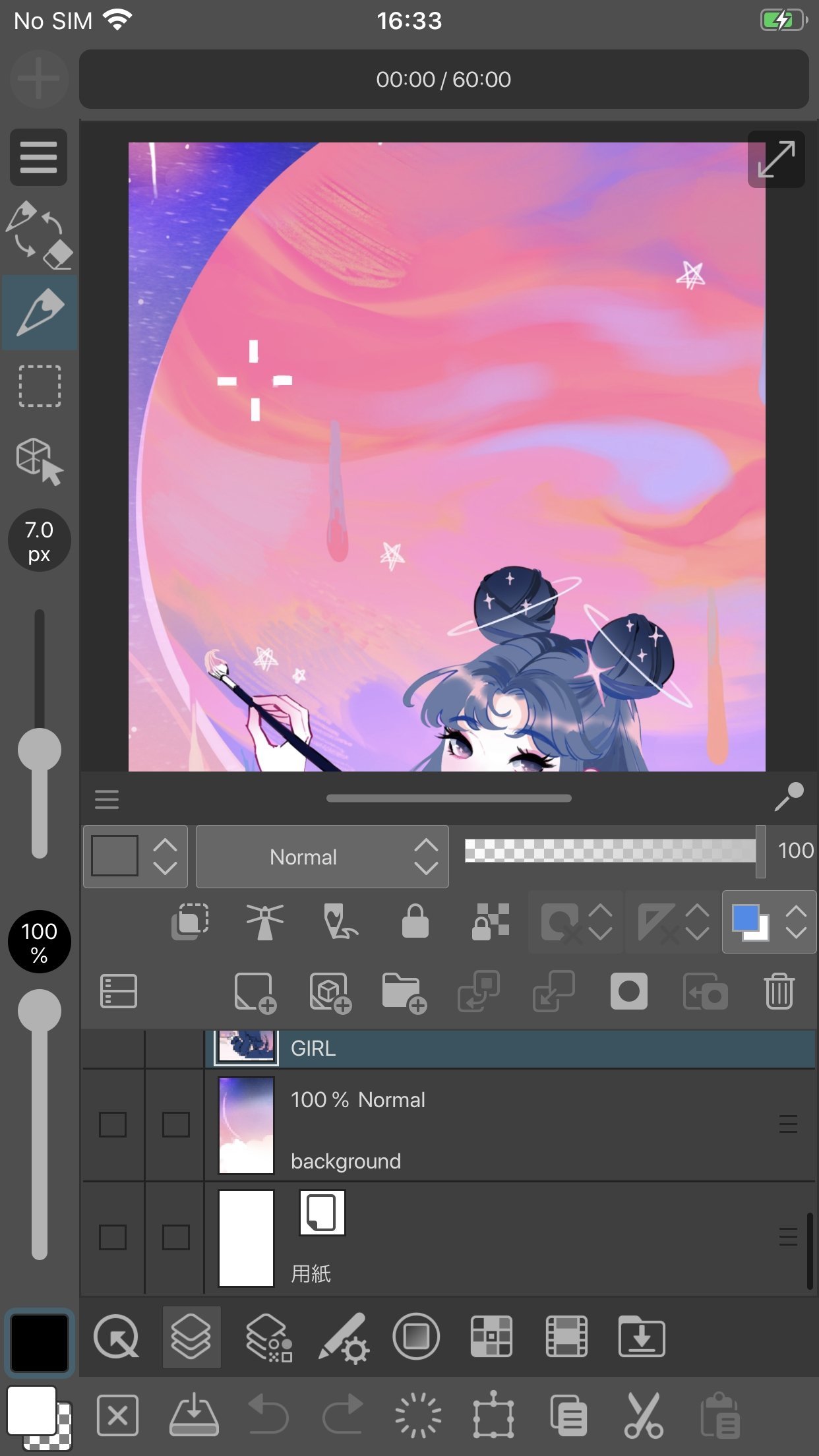

They include OpenAI's DALL-E, which released a series of images in January 2021, Google Brain's Imagen and Parti which was announced in May 2022, Microsoft's NUWA-Infinity, and Dream by Wombo. Several programs use text-to-image models to generate a variety of images based on various text prompts. The website Artbreeder, launched in 2018, uses the models StyleGAN and BigGAN to allow users to generate and modify images such as faces, landscapes, and paintings. After DeepDream's release, several companies released apps that transform photos into art-like images with the style of well-known sets of paintings. ĭeepDream, released by Google in 2015, uses a convolutional neural network to find and enhance patterns in images via algorithmic pareidolia, thus creating deliberately over-processed images. More recent models use Vector Quantized Generative Adversarial Network and Contrastive Language–Image Pre-training (VQGAN+CLIP). This system uses a "generator" to create new images and a "discriminator" to decide which created images are considered successful. Generative adversarial networks (GANs) were designed in 2014. Įxample of image made with VQGAN+CLIP (NightCafe Studio) Cohen designed AARON to paint using special brushes and dyes that were chosen by the program itself without mediation from Cohen. Throughout the years, he also began to develop a way for AARON to also paint. Cohen would later finish the drawings by painting them. In its primitive form, AARON created simple black and white drawings. Cohen developed AARON with the goal of being able to code the act of drawing. AARON is the most notable example of AI art in the era of GOFAI programming because of its use of a symbolic rule-based approach to generate technical images. One of the first significant AI art systems is AARON, developed by Harold Cohen beginning in the late 1960s at the University of California at San Diego. Many mechanisms for creating AI art have been developed, including procedural "rule-based" generation of images using mathematical patterns, algorithms which simulate brush strokes and other painted effects, and artificial intelligence or deep learning algorithms, such as generative adversarial networks (GANs) and transformers.


 0 kommentar(er)
0 kommentar(er)
